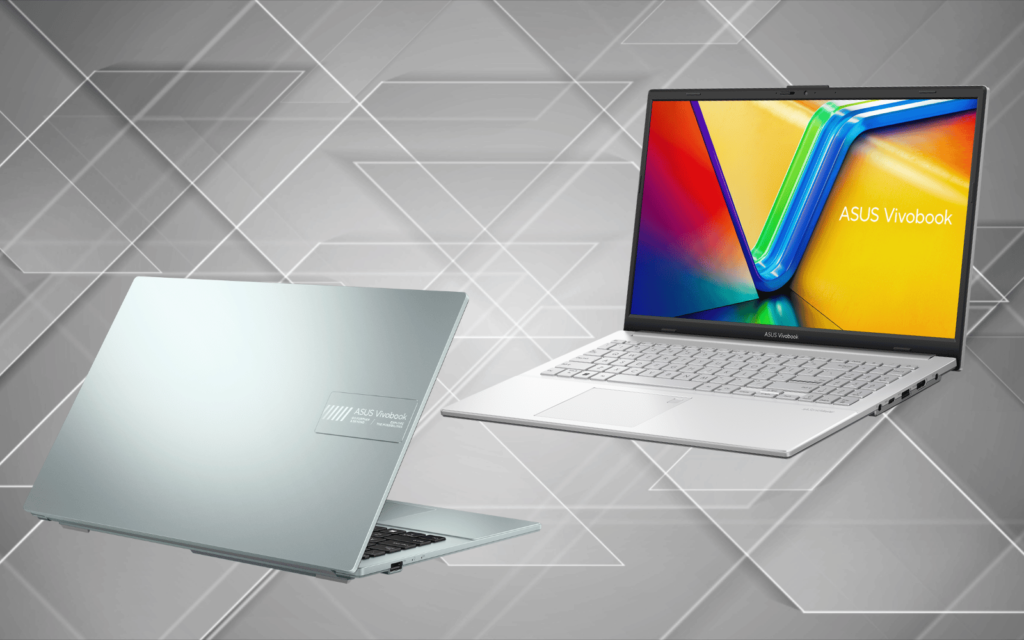Earlier this morning, Asus South Africa announced two new additions to its Vivobook range – the Vivobook GO 15 OLED, and the Vivobook GO 14. Vivobook’s whole thing is to offer as much performance possible while sticking to the small(ish) design and cheap(ish) price point that’s become synonymous with the line-up.
GOing OLED

If you’re at all familiar with Asus, you’ll already know that the company is head over heels for a good OLED display, and that’s clear here with Asus’ naming conventions. But an OLED panel isn’t the defining factor in a laptop. It’s a small piece of the entire package.
But let’s take a look at that OLED panel. With the Vivobook 15 Go OLED, Asus is offering a rather large 15.6in (1920 x 1080) 60Hz FHD OLED display, accompanied by the 100% DCIP3 colour gamut. If you’re left wondering what any of that meant just know that the screen is good. Very good.
What’s most important is what the 15 OLED is packing under the hood. You’ll have the choice of either an AMD Ryzen 5 or 3 7000 processor or the AMD Athlon Gold 7220U. That’s kept chugging along by 16GB of LPDDR5 RAM and 512GB (or 256/128GB) of SSD storage. You’ll also get WiFi 6E to make that whole ‘internet’ thing a little less painful. The addition of DTS audio processing is a welcome one. It should assist those that actually use the built-in speakers on their laptops.
Somehow it all manages to weigh less than 1.5kg. It’s only 17.9mm thin too, to really sell its usability.
Don’t get too excited just yet, though. The Vivobook Go 15 OLED isn’t hitting South African shelves until March when it’ll be sold at Takealot and Computer Mania for R14,000. If that’s over your budget, there’s always the Go 14.
Read More: Asus is next up to give glasses-free 3D screen tech a chance
14 is the new 15 (functionally)

As you’ve probably guessed, the Vivobook GO 14 doesn’t have OLED in the name, which means it’s missing the OLED panel that the GO 15 brings to the table. What it does have is a 14in (1920 x 1080) IPS-level 60Hz display. The 100% DCIP3 colour gamut is missing. Instead, it features a 45% NTSC gamut.
Everything else is… the same. The body, weight, and choice of processor aren’t any different for this cheaper model. You’ve even got the same selection of 512/256/128GB SSD to pair it up with. WiFi 6E is present, and the DTS audio processing sticks around too.
The only difference (besides the screen) is the price. While the OLED model comes in at R14,000, the GO 14 will only set you back R8,700. That’s not a bad price for what you’re getting (which is everything bar that 15in OLED display). It’ll go on sale alongside its OLED sibling in March.




